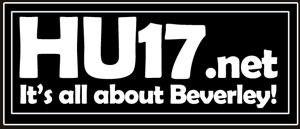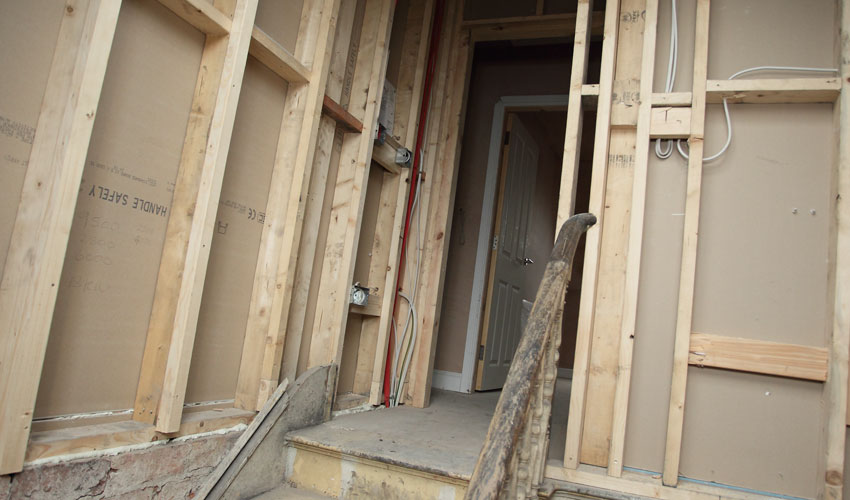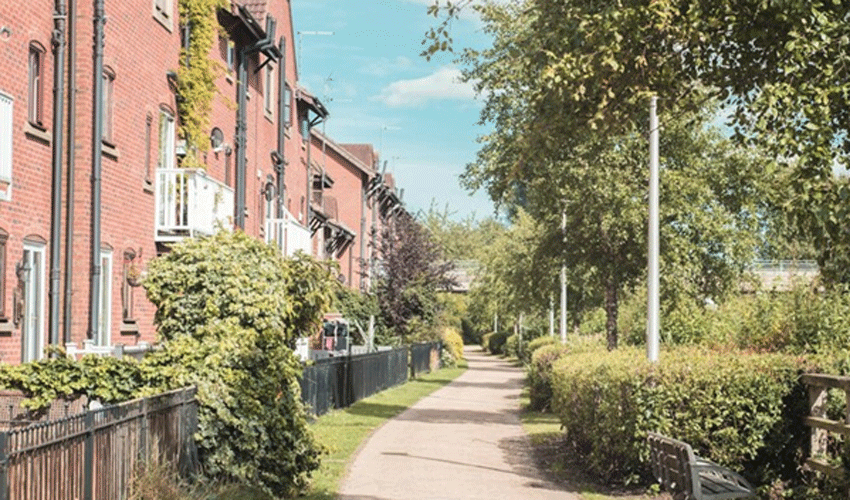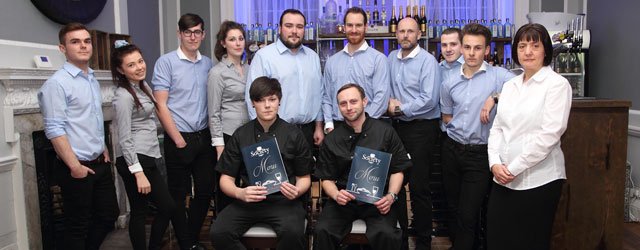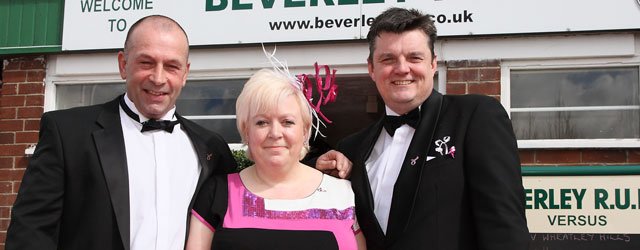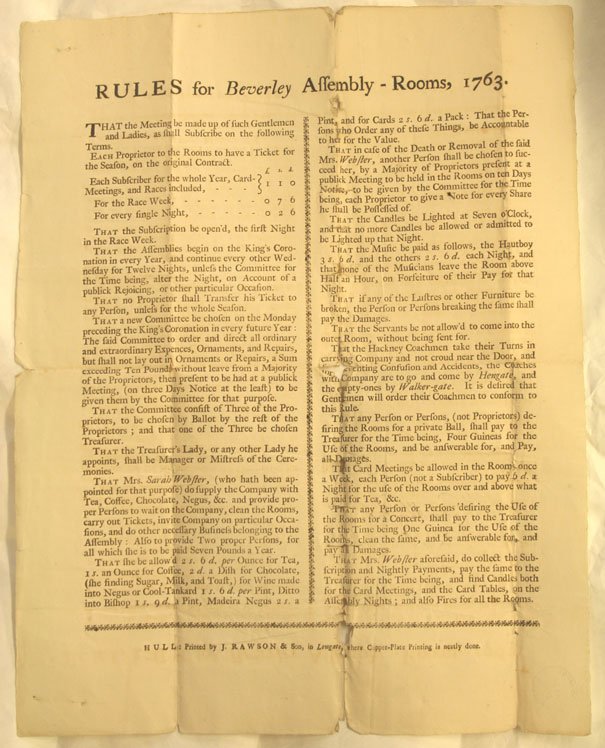
International Dance Day took place recently and people will still be in the mood to celebrate this age-old cultural tradition.
For most of us, our main experience of dance is on the sticky floor of a nightclub, under the influence of too much booze, where putting one foot in front of the other is challenge enough, let alone following the steps of a waltz or foxtrot.
In recent years TV programmes such as ‘Strictly Come Dancing’ have helped to educate and refine our knowledge of ‘dance’ in general, but how did people ‘get down and boogie’ in this region hundreds of years ago? Staff at the East Riding Archives & Local Studies Service, at the Treasure House, Beverley, have been taking a look and discovered a few items that help shed some light on this matter.
Documents ranging from 1763-1820 show that there was a strict etiquette to be followed when attending an establishment for an evening of dance. Nowadays, the closest you may get to etiquette in a nightclub is the dress code, but if you went to the Beverley Assembly Rooms in 1763 (now the site of Regal Court flats) there was a code to follow for everything.
A season ticket had to be bought to gain access to this 18th century ‘nightclub’, where the candles were to be “lighted at seven o’clock” and “no more be allowed or admitted to be lighted up that night.” For refreshment, you would have had a choice of tea, coffee, wine, or negus (a hot drink of port, sugar, lemon, and spice), served up by Mrs Webster.
By 1820, little had changed, as minutes for the Assembly rooms committee reveal that “the rooms shall open at eight o’clock, and the music shall attend at half past eight… the dancing shall commence at nine o’clock precisely”.
The rules also state that the dancing should be in the order of a country dance, followed by two ‘quadrilles’, another country dance, break for tea, two more ‘quadrilles’, then alternate country dances and quadrilles for the rest of the evening until no later than two o’clock.
Each lady on entering the room had to draw a number for her place in the country dance, and gentlemen could “engage their partners for one country dance only, or for two quadrilles”.
Sam Bartle, collections officer, said:
“Formal dance functions have been around for centuries and only recently fell out of mainstream popularity. Until the rise of pop music, buildings like the Beverley Assembly Rooms were the only places to go for dancing.”
Of course dance in its various forms, including country dancing, remains a hugely popular pastime for many people, but will we ever see places like the Beverley Assembly Rooms making their way back into mainstream culture?
The archive documents can be viewed at the Treasure House, Champney Road, Beverley.
